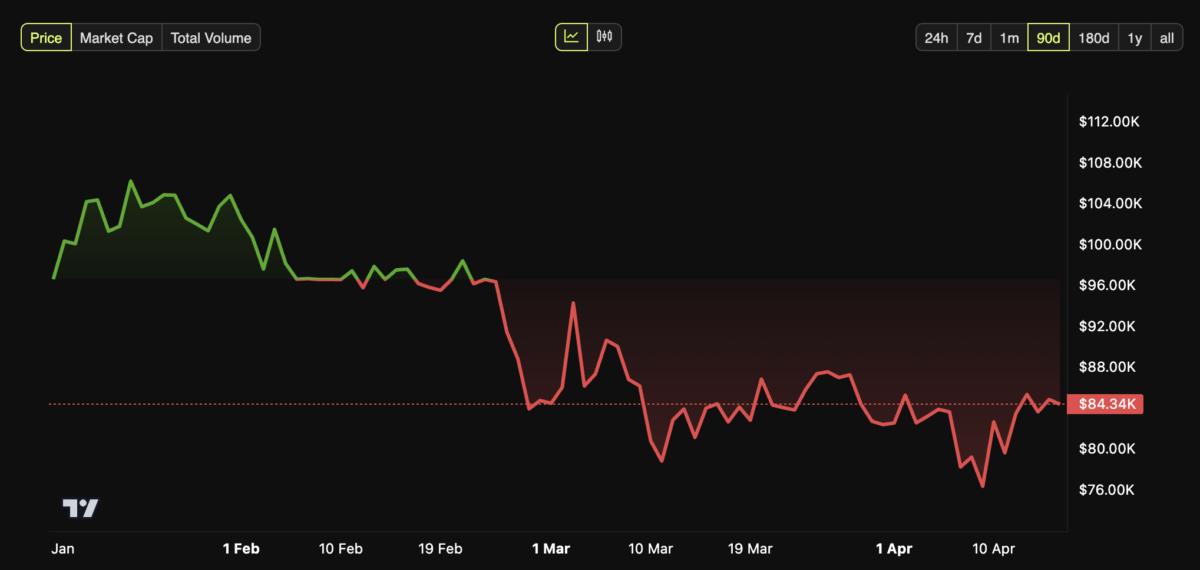Navigating the Latest Stock and Crypto Crash: What to Do Now and What to Expect in February

The financial markets have once again experienced significant turbulence, with both stocks and cryptocurrencies facing sharp declines. This latest crash has left many investors wondering what steps to take next, especially if they missed the opportunity to sell at the peak or buy at the lowest point. In this article, we’ll explore strategies for managing your investments in the aftermath of the crash and provide insights into what the market might look like in February.
Understanding the Crash
The recent crash was driven by a combination of factors, including:
- Macroeconomic concerns: Rising inflation, interest rate hikes, and fears of a global economic slowdown.
- Regulatory pressures: Increased scrutiny on cryptocurrencies and tech stocks.
- Market sentiment: A shift from risk-on to risk-off behavior among investors.
For those holding crypto or stocks, the crash has been a painful reminder of the market’s volatility. However, it’s important to remember that market cycles are a natural part of investing, and downturns often present opportunities for those who are prepared.
What to Do If You Didn’t Sell or Buy at the Right Time
If you missed the chance to sell before the crash or buy at the lowest point, don’t panic. Here are some actionable steps to consider:
1. Avoid Emotional Decisions
- Don’t sell in a panic: Selling during a crash often locks in losses. If your investments are in fundamentally strong assets, consider holding.
- Don’t chase the bottom: Trying to time the market is extremely difficult, even for experienced investors. Focus on long-term strategies instead.
2. Reassess Your Portfolio
- Diversify: Ensure your portfolio is balanced across different asset classes (stocks, crypto, bonds, etc.) to reduce risk.
- Rebalance: If one asset class has significantly underperformed, consider reallocating funds to maintain your desired risk level.
3. Dollar-Cost Averaging (DCA)
- If you’re holding crypto or stocks, consider using a DCA strategy to buy more at lower prices. This reduces the impact of volatility and lowers your average entry point.
4. Focus on Fundamentals
- For crypto: Evaluate the long-term potential of the projects you’re invested in. Are they solving real-world problems? Do they have strong teams and communities?
- For stocks: Look at the company’s financial health, growth prospects, and competitive advantages.
5. Set Clear Goals and Exit Strategies
- Define your investment goals (e.g., short-term gains, long-term wealth accumulation) and establish clear exit strategies for different scenarios.
What to Expect in February
While no one can predict the market with certainty, here are some factors that could influence stocks and crypto in February:
1. Macroeconomic Data
- Inflation and interest rates: The Federal Reserve’s decisions on interest rates will continue to impact both stocks and crypto. If inflation shows signs of easing, it could boost market sentiment.
- Earnings season: February marks the heart of earnings season for many companies. Strong earnings reports could provide a boost to equities.
2. Crypto Market Trends
- Regulatory developments: Keep an eye on regulatory news, as it could significantly impact crypto prices.
- Adoption and innovation: Positive developments in blockchain technology or increased institutional adoption could drive crypto prices higher.
3. Market Sentiment
- Risk appetite: If investors regain confidence, we could see a rebound in riskier assets like crypto and tech stocks.
- Volatility: Expect continued volatility as the market digests economic data and geopolitical events.
4. Technical Levels
- Support and resistance: Watch key technical levels for both stocks and crypto. A break above resistance could signal a bullish trend, while a break below support could indicate further downside.
Key Takeaways
- Stay calm and avoid impulsive decisions: Market crashes are stressful, but they also present opportunities for those who remain disciplined.
- Focus on long-term goals: Short-term volatility is less important if you’re investing with a long-term perspective.
- Be prepared for volatility: February is likely to remain volatile, so ensure your portfolio is positioned to weather potential storms.
- Educate yourself: Stay informed about market trends and developments to make better investment decisions.
Final Thoughts
The recent stock and crypto crash has been a challenging experience for many investors, but it’s important to remember that markets are cyclical. By staying informed, maintaining a long-term perspective, and avoiding emotional decisions, you can navigate the current turbulence and position yourself for future growth.
If you’re unsure about your next steps, consider consulting a financial advisor or doing additional research to ensure your strategy aligns with your goals and risk tolerance. The market may be unpredictable, but with the right approach, you can turn challenges into opportunities.








